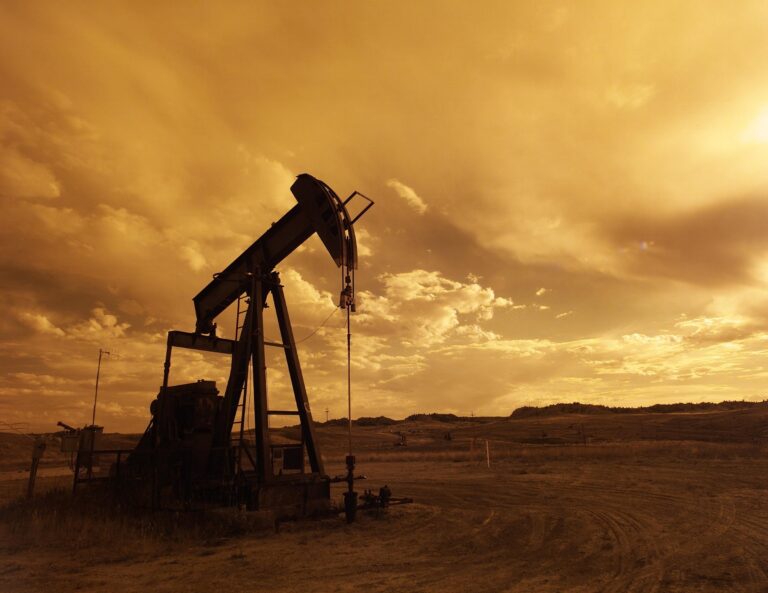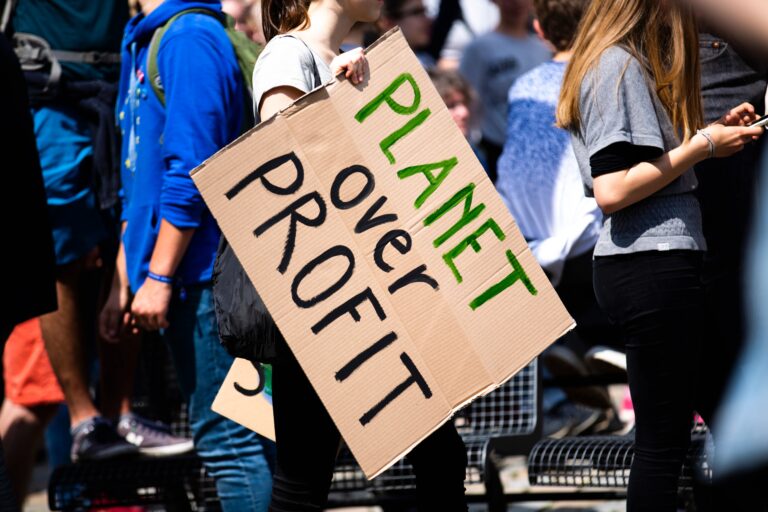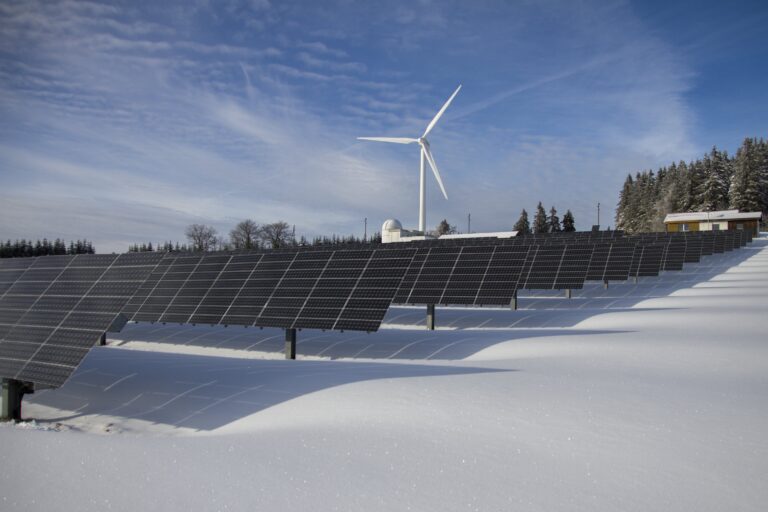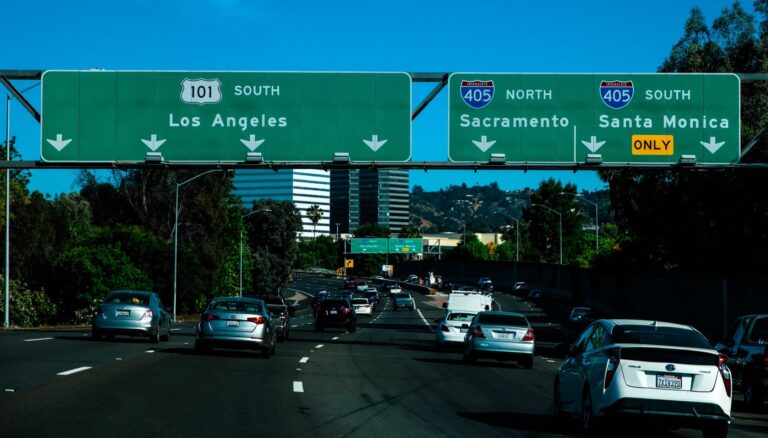Letter from Paris Olympics: Air Pollution zone zero

By David A. Andelman
(David A. Andelman, is a veteran correspondent in 90+ countries for The New York Times and CBS News, where he was Paris correspondent. He also is the author of five books and creator of SubStack’s Andelman Unleashed. He is a chevalier of France’s Légion d’Honneur.)
PARIS (Callaway Climate Insights) — Ten days before the Olympics’ opening ceremonies, we arrived at Charles de Gaulle airport in the Paris suburb of Roissy at 7:15 on a bright, clear morning and set out for the 34-kilometer trip to our home on the Left Bank a block from the Seine.
Our licensed G7 taxi slipped quickly and effortlessly into the brand new restricted Olympic express lane and accelerated to 100 kms an hour. Ten minutes later as we continued to fly down the A1 autoroute, nearly alone, I looked to my right. There, in the two remaining lanes of traffic into which all vehicles — commuter cars, trucks of all sizes and shapes — had been squeezed, was one of the world’s worst traffic jams, 30 kilometers long. Succumbing to the siren lure of the traffic-free lane to their left would be expensive — a €135 ($150) fine. Inching along, when moving at all, clouds of exhaust billowed from scores of older vehicles that transport each early morning the lifeblood of this vibrant city. And the death of way too many of its citizens.
“There are 40,000 deaths per year from enormous air pollution — fine particles — and 7,000 deaths from nitrogen dioxide which is mainly by vehicles. That’s twice as many as road accidents” in France, said Alexandra Froment of France Nature Environnement. But it gets worse. Indeed, she observed, France has been paying fines to the European Union of €10 million every six months for surpassing limits established for fine particulate matter and nitrogen dioxide.
But for the moment, try to forget (as Olympic organizers seem to have done) about the 12 million residents of Paris and its environs. There are the 10,500 athletes who have been converging here from 200 countries. Many of them will be competing within a tight perimeter of central Paris.
When the government “decided to welcome the Olympic Games, we just did it and we don’t really question about the impact on air pollution,” said Tony Rennuci, executive director of Respire, which has been monitoring air quality in France for decades and has been carefully documenting the entire lead-up to the competitions. There were simply too many other threats — terrorism at the top of the list. So when the gendarmerie closed all central Paris bridges across the Seine and shoveled all traffic down to the Pont de Sully, pollution of stalled traffic was pretty far down on the agenda.
“We released an online map about pollution across the different outdoor Olympic stadiums or spot infrastructures, and we could see that almost all of them were very far above the guidelines when it comes to air pollution,” Rennuci continued. “We also saw that the most polluted ones were the closest to the Peripherique.”
This includes the single most polluted such facility, the tennis stadium at Asnières, where monitoring showed “poor air quality” with 33.69 µg/m3 of 2.45 µm particles—vastly “exceeding WHO recommendations [which means] air quality poses a risk to your health,” Respire observes. Indeed, based on monitoring by some 60 high-tech air pollution monitoring stations established by Airparif, some 22 different Olympic sporting venues are in the red zone of threats. Only two including the National Golf center clock at a “green” level. Most of the worst are clustered in and around Paris’s rim including at least five stretches of the Olympic marathon route in the red zone.
The Periph, as it is often affectionately known, is the vast ring road that delineates, for much of its length, the borders of central Paris, many of whose entrances date back to the early Middle Ages when doorways in the walled city were first established. At times jammed with traffic, now with the creation of that Olympic express lane that has squeezed most vehicles into the remaining two lanes, not to mention express lane vehicles crossing two lanes to exit the roadway, there are further horrors on the roads.
But there is even greater fear in many environmental circles about what may come after the Olympics. Because as plans now stand, all the express lanes will remain intact. And that means into the Fall when, come Sept. 1, all the French who traditionally flee the city for the summer return en masse in the “grand retour.” And find a great surprise awaiting them.
Of course that’s also when the first detailed look-back by Airparif will become available. The organization has been producing an hourly air quality forecast tool for every street in the Paris region. But for a detailed understanding of the long-term impact, these stats will have to be overlaid by weather patterns that are at least equal participants in the pollution of the bowl in which the French capital sits.
“There are factors that go in both directions,” said Antoine Trouche, an engineer with Airparif. “We are able to quantify the volume of air pollutants on the entire Ile-de-France, and we finally have modeling systems that work, taking into account the possible meteorology differences.”
Paris has certainly taken some important steps toward cleaning its airborne pollutants. It has the largest single electric fleet of municipal buses in Europe (as a nation, the Netherlands is in the lead) and has committed to a 100% zero emission fleet by the end of next year. With one problem: Every one of Paris’s 60 bus routes have been pared dramatically or cut entirely throughout the Olympic period.
And as it happens, on Wednesday afternoon, ozone and PM2s in front of our flat on the rue de Solferino were “average.” Of course, that means air quality was still “degraded.” Welcome to Paris. And the Olympics.
Sponsor
Find a Vetted Financial Advisor
- Finding a fiduciary financial advisor doesn't have to be hard. SmartAsset's free tool matches you with up to 3 financial advisors that serve your area in 5 minutes.
- Each advisor has been vetted by SmartAsset and is held to a fiduciary standard to act in your best interests. Get on the path toward achieving your financial goals!






